Hello and welcome to my running guide with my best tips and tricks! This is my very first non-recipe blog post (fun!) and I’m very excited to put this together. But to start off, I do want to say a little disclaimer: this is not a one size fits all. These are simply my tips and tricks that I have found helpful with running. This is more geared towards getting started with running or working up mileage, as I am not strictly a long distance runner. I played sports my whole life and trained running intervals for my collegiate field hockey career. After graduating, I completed my first half marathon and recently finished my second (well… solo due to no races during quarantine). And my last disclaimer is that I will honestly admit I run on coffee… that is not a joke. I typically run in the morning after downing a glass of water and a black cup of coffee 🙂
Let me know what you think and if you have any personal running tricks, please share them in the comments below!
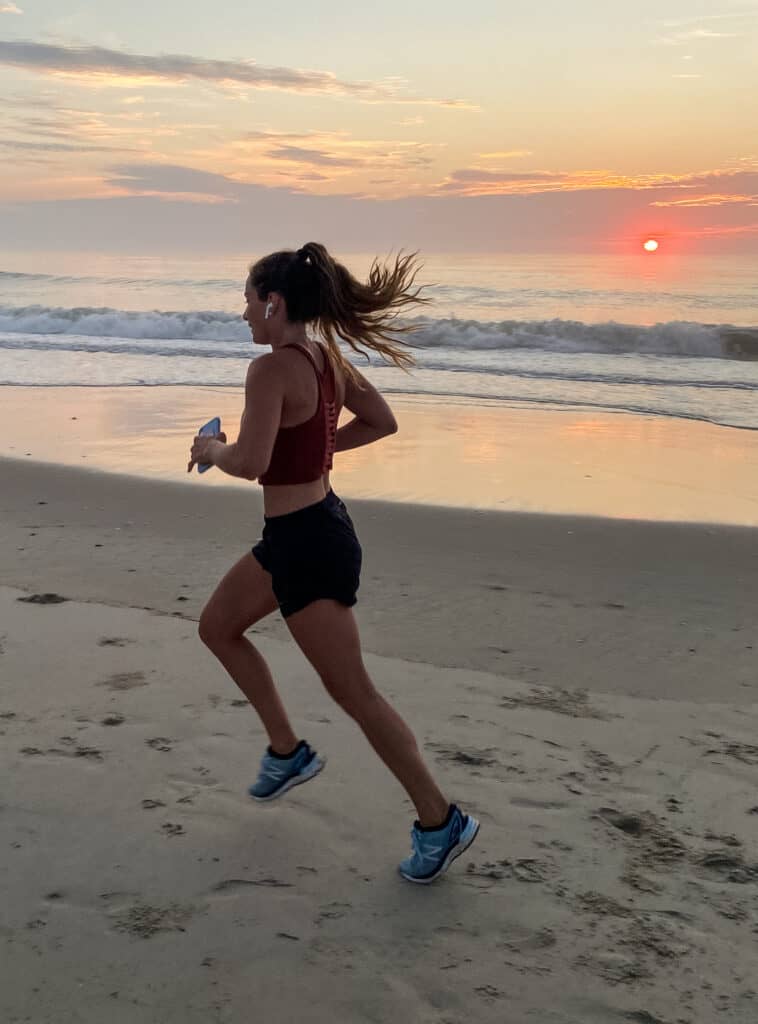
My Top 10 Running Tips and Tricks:
- Set a goal: This is a very broad idea but I challenge you to sit down and think about this one. Your goal could be as precise as running 2 miles without walking or running 2 miles at a certain pace. Your goal could also be more mindset orientated, such as learning to be at peace with running and to love running regardless of a time or pace. I also found that tracking your runs on a watch or an app such as Nike Training, help track progress or how you felt on a specific run.
2. Endurance vs. Speed: This is quite important if you are looking to increase your pace during a longer run. There are three different kinds of running specific workouts that I incorporate:
- Intervals: During this kind of workout, I focus on time under tension. By breaking down the distance into segments with rest time, you will be able to push your pace in those short time frames. For example, if you run at a push pace or sprint for 1 minute, then jog for 1 minute and repeat, you are training your body to get used to that push/sprint pace. Over time, you will notice that it is easier and you will be able to maintain that push pace over a long period. By incorporating these kinds of workouts into your routine, you develop muscle strength and memory to develop that faster pace.
- The second is a short distance run with a goal pace. Now, short distance is different for everyone and over time, as your short distance may increase. The distance however should be one that you are used to – a distance that you have run frequently and generally know how your body reacts to it. With these kinds of runs, it allows you to run at that goal pace, knowing that you will not be burnt out before the end. The pace should be comfortable, yet challenging.
- Lastly, long runs without a goal time, but a distance goal. These are typically runs that I consciously have to slow my pace down in order to complete the mileage. Slowing your pace down for longer distances that your body is not used to will help you with the endurance. With these long runs, your heart rate should be moderately high, but you should not be hitting your max heart rate until the end if you decide to push the ending pace. It is also important to give yourself grace during the longer distances – if you need to slow down even more or walk occasionally, that is okay! Remember, the goal here is distance and getting your body used to the distance. It is good to push yourself, but not to the point of causing injuries. If you are training for a race, you don’t want to injury yourself before the race, right?
3. Breathing: Now, before I lose you, this is SO important and it is something that I have been incorporating in my training since college. We used to have a running test the first day of preseason and I would say my biggest contributor to my times on that test was having the ability to control my breathing. Sometimes we only focus on our breath once it is actually elevated, however, it is key to practice a slow and controlled breath during the entire run. At first it is not easy, but over time I have found myself subconsciously breathing at a steady state during runs after “forcing” myself to do it for so long.
Try this simple technique: run tall with your chest broad and open, breathe in through your nose for 4 counts, breathe out through your mouth for 4 counts. You can always start with a longer amount of time, but as someone who was not the best at breathing while working out in the beginning, I found this a comfortable place to start!
4. Cross Training: This is huge! While again everyone is different, I have found that incorporating weight training, yoga and pilates to be extremely beneficial to my overall well being. By mixing in strength sessions, you are able to help the supporting muscles that allow you to run longer and faster. I have found that weight sessions and pilates movements have truly helped me strengthen the supporting muscles in my legs and core for running – trust me, your knees will thank you. While I do incorporate power yoga or yoga sculpt sessions in, I practice gentle yoga almost every day, whether that is a 10 minute stretch in the morning or right before bed. Yoga has helped me immensely with tight hips, hamstrings and calves. It has also helped me with my awareness of breath – going back to point #3 because like I said, it is SO important.
5. Recovery: Okay, I might have said a lot of the above are important, but this one definitely has to be the most important aspect to training.
If you are not recovering properly, improvement will be difficult. Giving your body the proper rest, nutrients and stretching it needs will help to maintain consistency and prevent injury. As for me personally, I’ll break it down to my top 4 essentials (not including rest)
- Foam rolling: this is something I always do after running or lifting and it allows you to release any tension or knots in your muscles. This could be a whole blog post itself but if you want to know more: here is a great article to foam rolling for runners
- Stretching: before running, opt for dynamic stretching as opposed to static stretching. You want to warm up the muscles prior to exercising, but you do not want to pull these muscles by holding the poses for a long period of time. Exercises like leg swings, hip openers, and walking lunges with a twist are my favorite pre-run dynamic stretches. Exercises like pigeon pose, quad and hamstring holds for 20 seconds or more are my favorite for post-run static stretches.
- Collagen: I have been taking collagen almost every day for years. You can add it to your coffee, smoothies, oats, anything for an added boost of protein, joint support, gut support, skin/nails/hair support. I use Vital Proteins personally – you can find it online or in almost all grocery or convenience stores.
- Electrolytes and Potassium: I’ll just admit it, I am the queen of sweat – think salty face and muscle cramps. So post work, I like to either eat something with salt or in the summer, I find electrolyte tablets mixed with water or a seltzer extremely refreshing in the heat. Currently, I am using either Nuun Tablets or Vital Proteins Performance Powder. As for potassium sources, my top two are sweet potatoes and bananas. Typically, if I eat anything before a run, I’ll opt for a banana because of the quick carbohydrate and potassium source to keep from cramping and it is easy on my stomach.
- Anti-Inflammatory: After so many years running on different surfaces, I cannot say I have the best knees. That is why I like to focus on foods that help reduce inflammation in the body. While there are MANY fruits and vegetables with anti-inflammatory properties, there are a couple that I incorporate into my diet often. Turmeric and cinnamon are two spices that I use typically every day and have high anti-inflammatory properties. Salmon, and most fishes, provide a good source of omega-3’s, which help to reduce inflammation. And lastly cherries! In the summer, I love to eat fresh cherries but when they are not in season, I go for 100% cherry juice diluted in seltzer water or frozen cherries in a smoothie.
6. Entertainment: This is going to differ every time for me. Sometimes my runs are for stress relief when my mind is racing so I will opt for no music or a playlist that features mellow hits from Hozier, The Lumineers, Adele, John Mayer, The Mumford & Sons… the list could go on. I highly suggest creating different playlists to rotate between. However, most of the time I’m catching up on podcasts. My favorite podcasts are the ones that are very conversational, almost as if I am in the room chit chatting with friends. I also lean towards motivational ones to keep me going. On a different note, I like to switch up my running scenes. When I pick a route that is new to me, it tends to distract me from the running itself and allows my mind to think past any worries or stressful thoughts.
7. Time of Day: This one can vary for me but typically I am a first-thing-in-the-morning runner. During the colder months, if I have the opportunity on a weekend to run when it is warmer out, I will workout later in the day because I would prefer hotter temperatures. However, most of the time with work, it is either before or after the work day, so 99% of the time I will pick the morning. For me, it sets my day off on a good note, I have endorphins flowing and it makes me feel ready to get after the day. After a full night of rest, my body and mind have not felt any stress in hours. By the end of the work day, my mind has been so active from the day and I am ready to cook dinner and relax. I allow myself to ease into the night and rejuvenate for the next day.
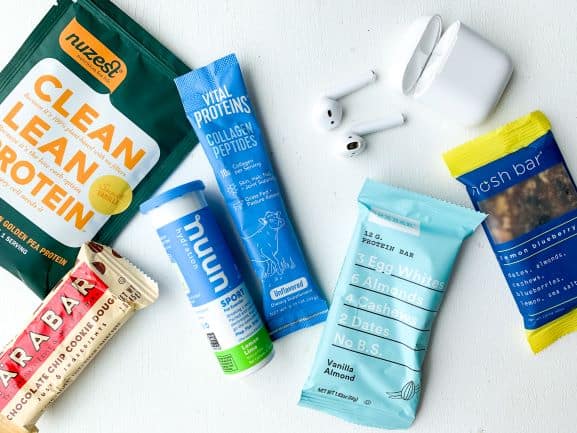
8. Post Workout Snacks: When I do any form of cardio (as opposed to a weight session, pilates, etc.), I am not very hungry right away. I have found that big meals or hot meals in general do not sit well immediately after a run. Here are a couple of my go-to snacks/meals I eat to get nutrients in right after that typically sit well in my stomach!
- Smoothies (I will add in frozen fruit, a source of protein, such as collagen or protein powder, and a fat/protein source, such as flaxseeds, hemp seeds, almond butter or peanut butter)
- Bars: My favorites are Lara Bars, RX Bars, GoMarco Bars, Nosh Bars or home making my own
- Sliced apples or banana with peanut butter and cinnamon
- Rice cakes with avocado or a combination of blueberries, cinnamon and almond butter
- Watermelon, cantaloupe and cherries (usually I’ll drink a shake with a scoop of chocolate protein and almond milk with this)
- Hummus and cut vegetables like carrots, celery and cucumbers
- Yogurt bowls with plain greek yogurt, fresh fruit, granola, nut butter and cinnamon. I also love to add in broken up homemade muffins like my Peanut Butter Chocolate Banana Mini Muffins or Lemon Blueberry Muffins!
- Oatmeal – this is 1 of 2 exceptions as a hot meal and I usually only reach for it during cold runs. Definitely hits the spot after a cold or rainy run!
- Sweet potato, egg, avocado and spinach bowl (the second hot food exception). If I am hungry right after, this bowl is perfect. All four components are easy on my stomach and provide a good, well rounded meal. Bonus: add a sprinkle of turmeric, smoked paprika, black pepper and salt for the best spice combination!
9. Gear: I’m a firm believer that having comfortable and durable clothing to work out in is important. Besides clothing, your shoes are extremely important and also unique to your personal stride. I invest in sneakers to prevent future injuries and it is my #1 suggestion for something you should invest in if you plan on running. Here are a couple of my go to’s:
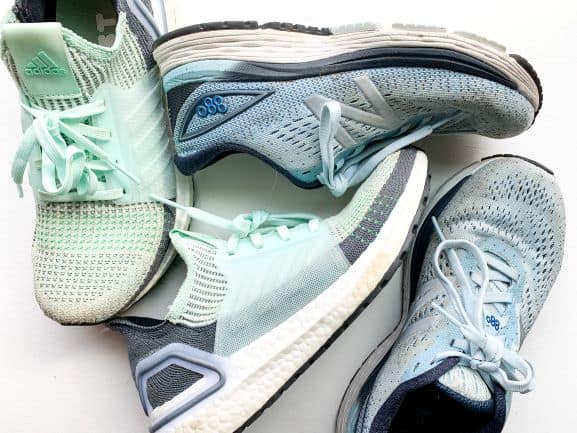
- Sneakers: I am a neutral runner and am currently running in New Balance 880v9’s (I have two pairs that I switch between). Other ones that I love are Brooks Ghosts for long runs and Adidas Ultraboost 19 for short runs or dynamic workouts. Again, this is unique to everyone and there’s a good chance I find another pair in the future that I like more! I highly suggest taking a visit to a local running store and researching for a pair that fits your stride.
- Socks: this may seem odd, but trust me it’s important. I love socks that are medium cushion and have a lip on the ankle to avoid any rubbing like these Balega Socks.
- Shorts: I run in Nike Tempos and have since high school. I have also started to run in biker shorts as well to avoid any rubbing between my thighs on long runs in the summer.
- Leggings: I am not much of cold weather runner, but when I do, my favorite to run in are these LuluLemon leggings, these Under Armor leggings when it’s extra cold, or a pair of Nike leggings that are no longer sold. I am picky when it comes to leggings because many leggings tend to not hold up on my waist for me.
- Watch: as a disclaimer, I have only tested the Apple Watch and a FitBit. My Apple Watch is my ride or die – I personally love the connectivity between my phone and I am still rocking the Series 2 through torrential downpours, snow and pools.
- Sports Bras: I almost always run in Nike Medium Support Sports Bras and have since probably the 9th grade. Occasionally, I’ll pick this Lululemon but I usually save those for spin (not sure why haha)
10. Don’t be too hard on yourself: I’m saving this for last because if there is anything that I want to leave you with it is that I want you to enjoy the process. You’ll have days that you feel like you are gliding through the air like a cheetah. And others, make running feel like dragging bricks across the floor. Focus on your RPE on a scale of 0-10: Rate of Perceived Effort. Your RPE does not directly correlate to your pace or distance. Without looking at the time or the distance, how did you feel? Remember that there are many outside factors that affect your overall health, like quality sleep, stress, allergies, food, hydration. So many factors can cause our bodies to run less efficiently, yet we are still putting in that same effort. Different days will produce different results.
Focus on the journey – not every run or training session will be perfect. That’s okay. We learn, we adjust and we make it through the hardships to get to that goal
I hope that these tips and tricks helped! I tried to keep to the basics for easing into running. As for longer distances, such as a marathon, I am currently in the process of finding what would work for me through trial and error.
If you have any questions, please let me know in the comments below!

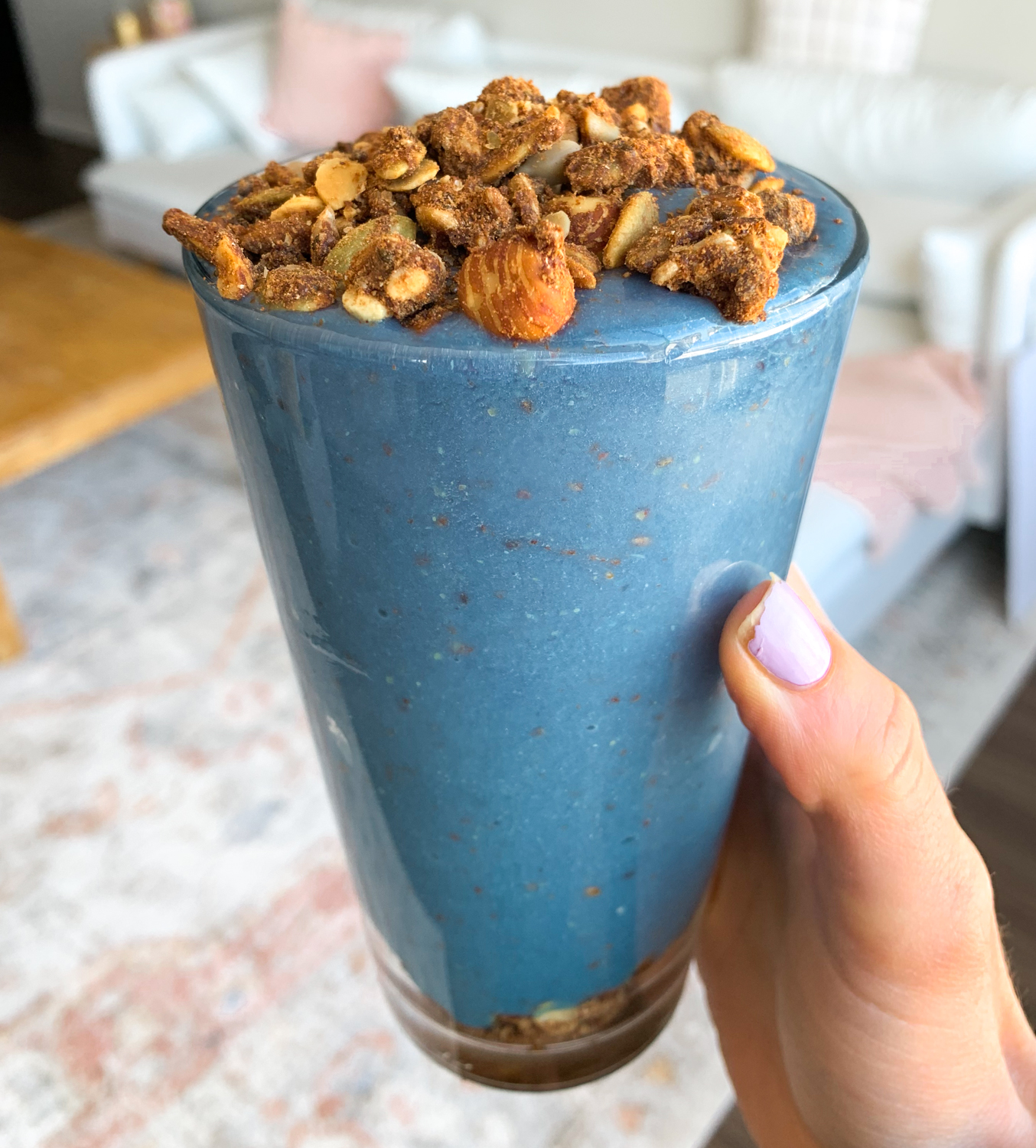
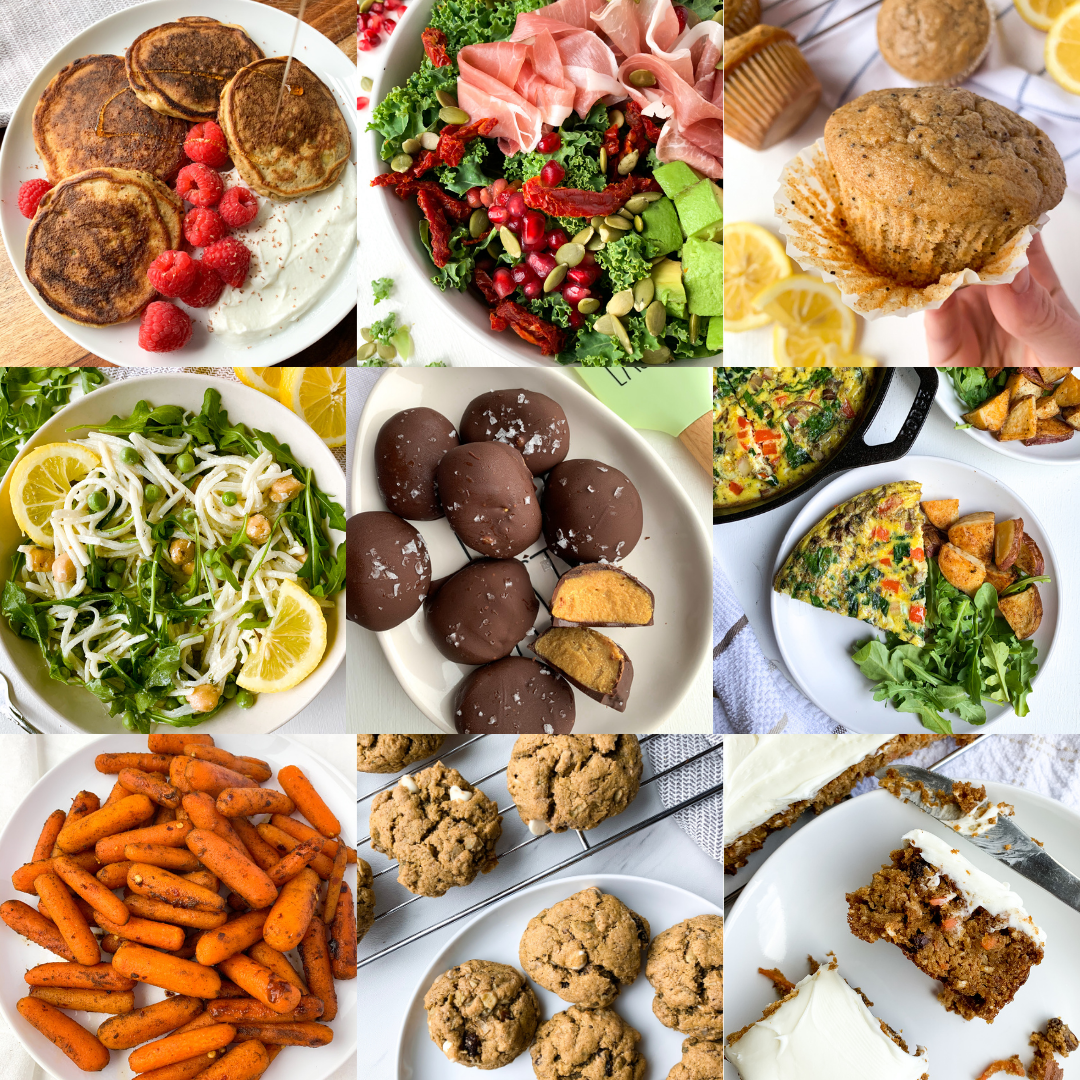






















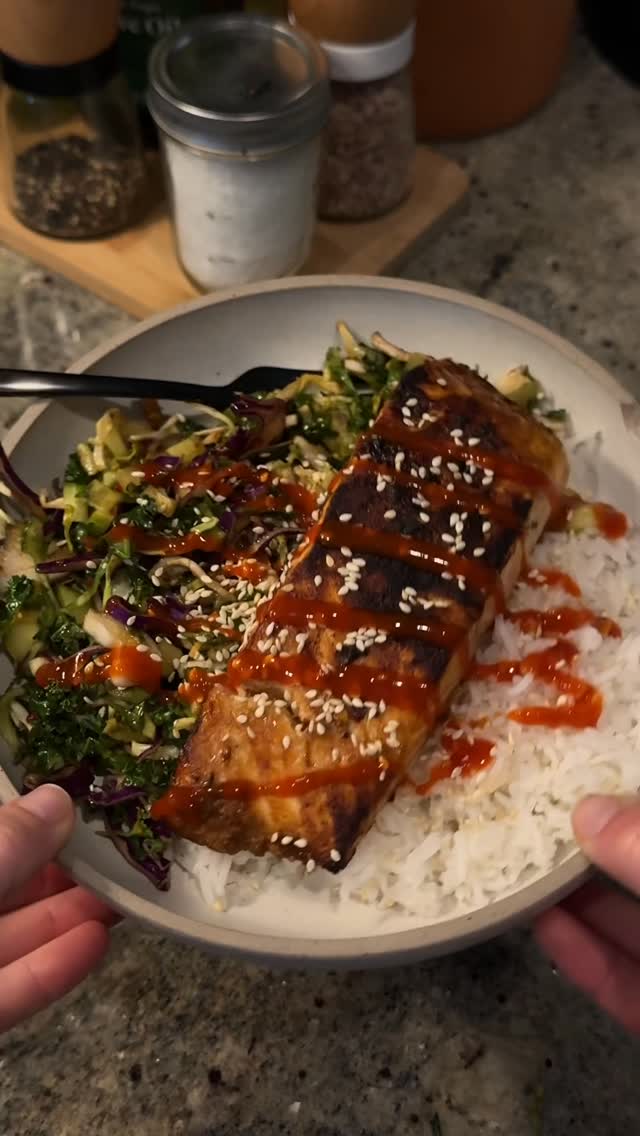
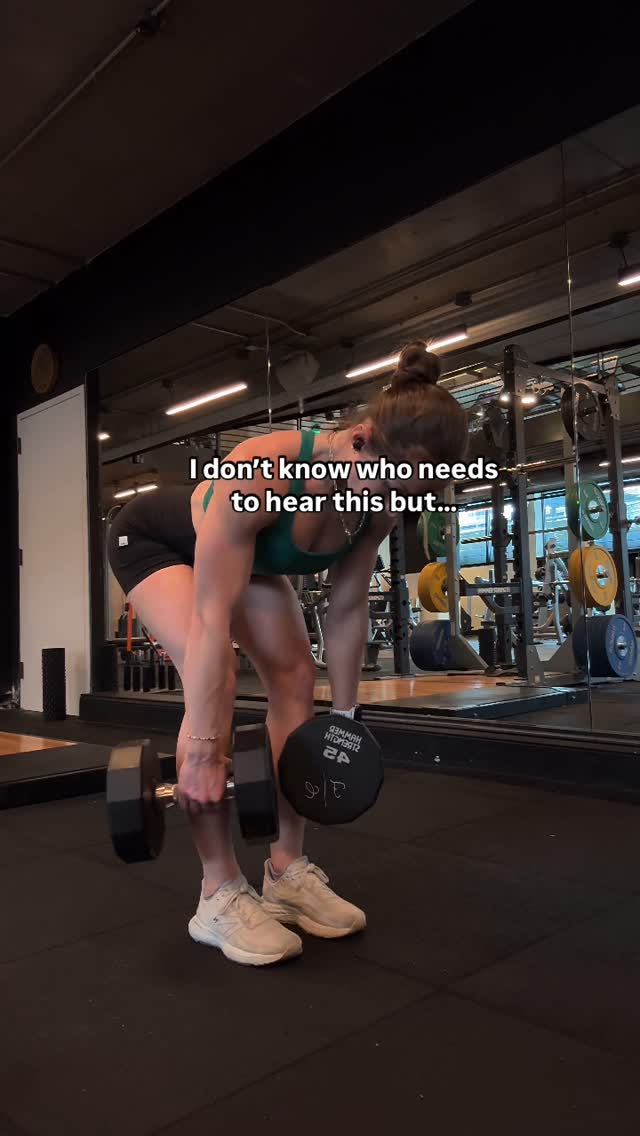





















Leave a Reply